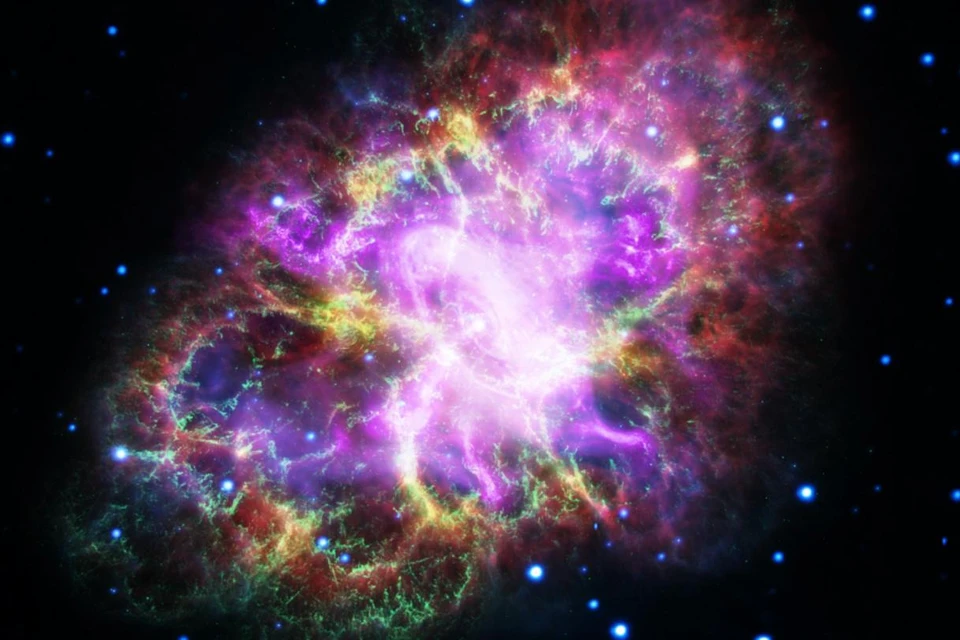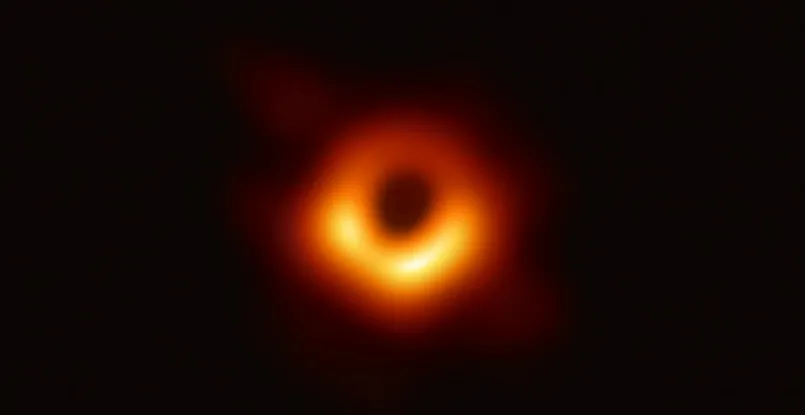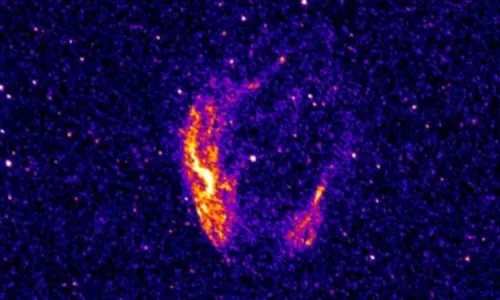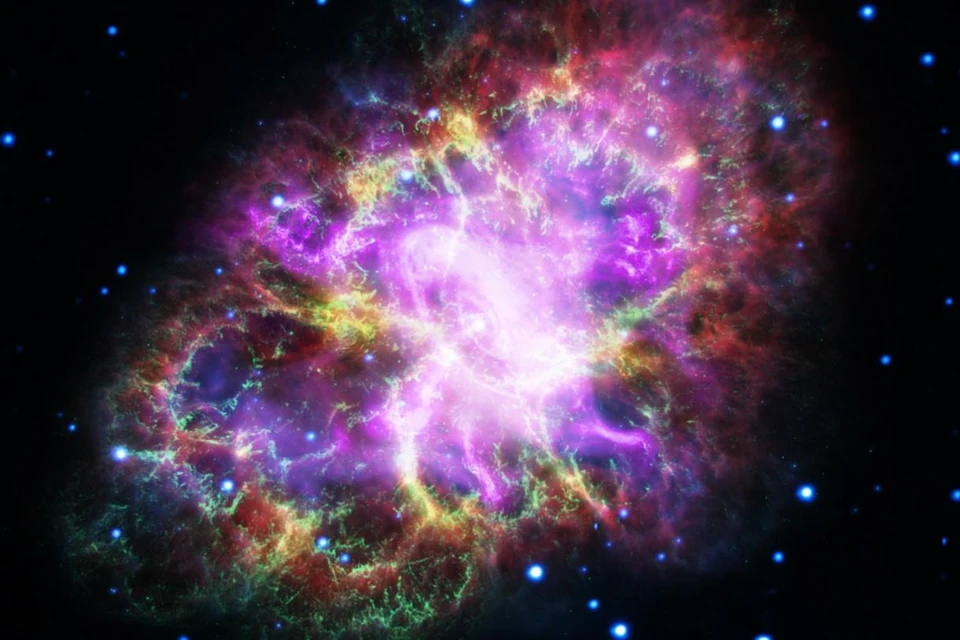
Over a millennium ago, a brilliant supernova lit up the night sky, visible for six months in 1181. This celestial event, recorded as a “guest star” in historical chronicles from China and Japan, shone with a brightness comparable to Saturn and was observed near the constellation Cassiopeia. Known as SN 1181, this supernova is one of the few documented before the advent of telescopes, and its remnants have long intrigued astronomers.

Recent research has now shed light on SN 1181’s aftermath, revealing the presence of a so-called “zombie star.” By creating a detailed computerized model of the supernova’s evolution, astronomers have gained new insights into its history. This model was compared with archival telescope observations of the nebula—the expansive cloud of gas and dust that remains from the explosion.
The study, published on July 5 in *The Astrophysical Journal*, suggests that SN 1181 is a Type Iax supernova. This rare class of supernova is characterized by a unique explosion mechanism involving the collision of two white dwarfs. Unlike typical supernovas, where a single white dwarf accumulates material until it explodes, Type Iax supernovas result from a less complete explosion, leaving behind a “zombie star”—a remnant white dwarf that hasn’t been fully destroyed.
Takatoshi Ko, lead author of the study and a doctoral student at the University of Tokyo, emphasized the rarity of Type Iax supernovas, noting that SN 1181 is the only known example within our galaxy. The research team’s model, which aligns with past observations from telescopes like the European Space Agency’s XMM-Newton and NASA’s Chandra X-ray Observatory, reveals two distinct shock regions in the remnant. The outer shock was caused by the supernova explosion meeting interstellar space, while the inner shock, appearing more recently, suggests new and unexpected developments.

A particularly intriguing finding is the recent detection of high-speed stellar wind from the surface of the zombie star, which began approximately 20 to 30 years ago. This discovery adds to the mystery surrounding SN 1181, as stellar wind is typically a byproduct of a star’s rapid spinning post-explosion.
Astronomers speculate that the star reignited because the explosion was incomplete. The leftover material, not fully expelled, could have accumulated on the white dwarf, triggering a resurgence in activity. However, this theory contrasts with observations showing that the star’s brightness has dimmed over the past century, presenting an ongoing puzzle for researchers.
The study’s authors, including Ko and his colleagues, are planning further investigations using the Very Large Array of radio telescopes and the Subaru Telescope to uncover more about SN 1181. Understanding this supernova could provide valuable insights into the mechanisms of Type Ia supernovas, which are crucial for studying the accelerating expansion of the universe.

Historically, ancient supernova observations have greatly contributed to modern astrophysics. Bradley Schaefer, a professor emeritus of astrophysics and astronomy at Louisiana State University, highlights SN 1181 as a rare opportunity to study a Type Iax supernova in detail. This research not only helps us understand supernova mechanics but also the formation of elements crucial to our existence.
In summary, the study of SN 1181 offers a unique glimpse into a rare class of supernovae and provides crucial clues about the life and death of stars. As astronomers continue to explore this ancient cosmic event, they unlock secrets that enhance our understanding of the universe and its formation.



